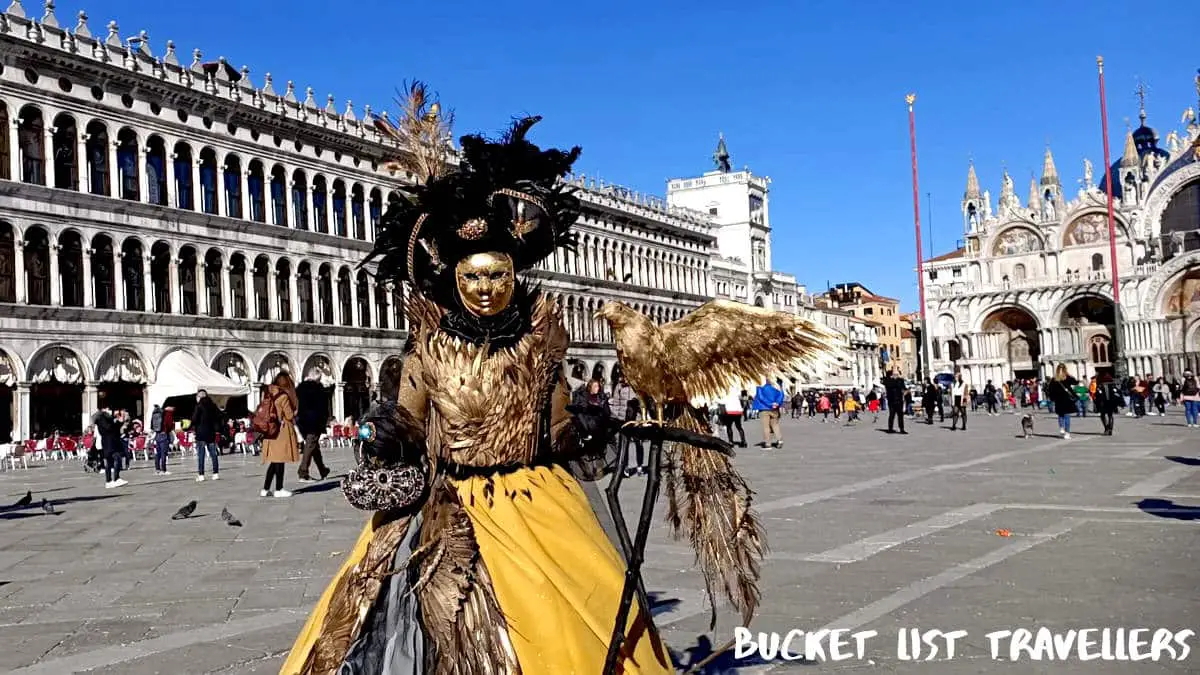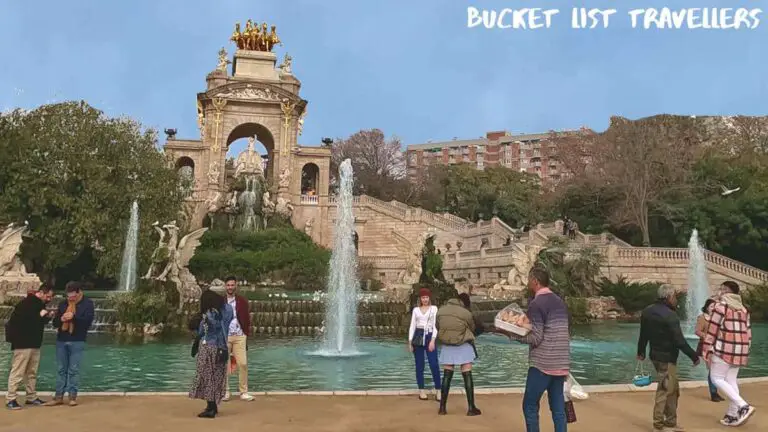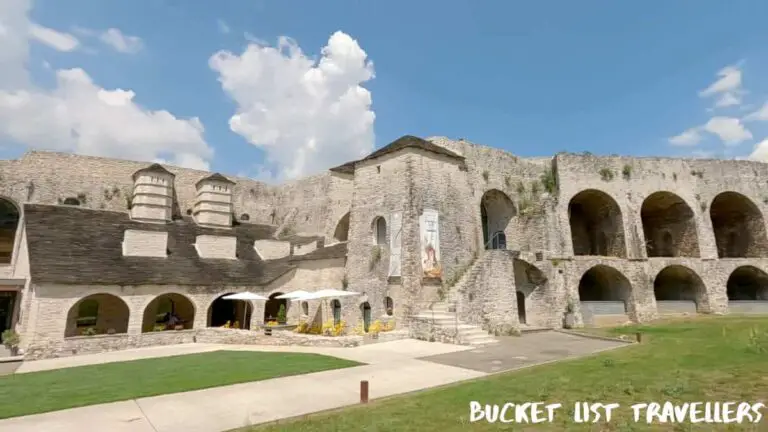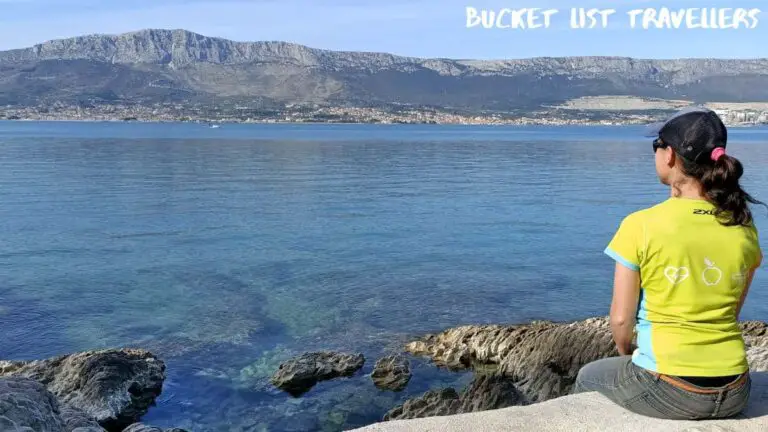Italy has been on our travel bucket list forever. After all, it is the birthplace of pizza, pasta and gelato! It has so much history to discover and some of the most beautiful cities in the world! Italy is a country we’ve admired from afar and now that we’ve experienced it for ourselves we’ve discovered a few surprises which we’re going to share with you right now! Here are our top 14 most surprising things about visiting Italy!
Our experience of visiting Italy
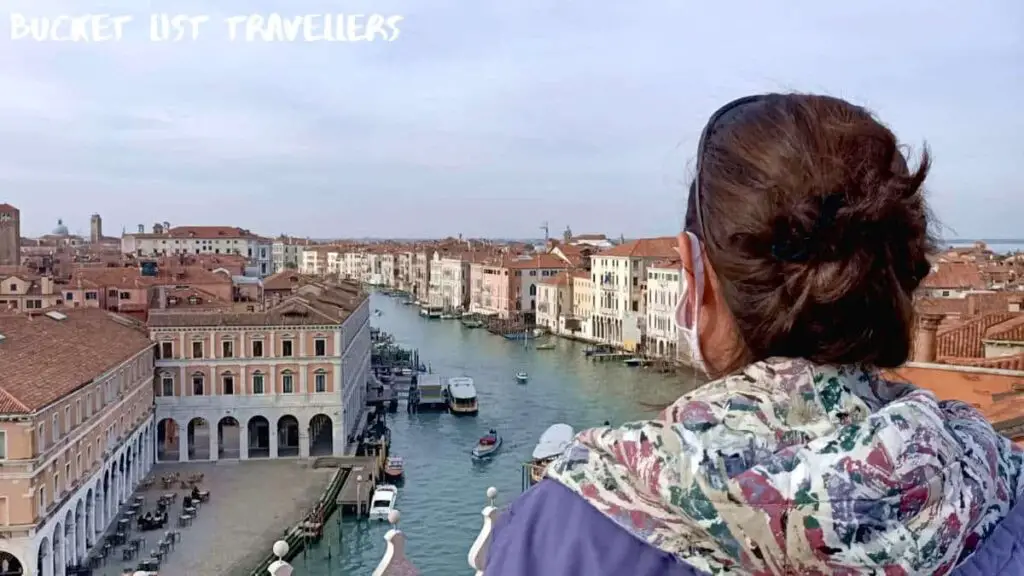
We spent 2 weeks travelling by train through northern Italy from France to Slovenia. We stopped at 6 different cities along the way. During our travels we experienced the Italian Riviera, the largest port city in Italy as well as Italy’s fashion capital during our trip. We were impressed by delicious food on offer, the rich history and the stunning architecture that is prevalent throughout the country.
Most surprising things about visiting Italy!
Endless varieties pizza/pasta/panini/gelato flavours in Italy
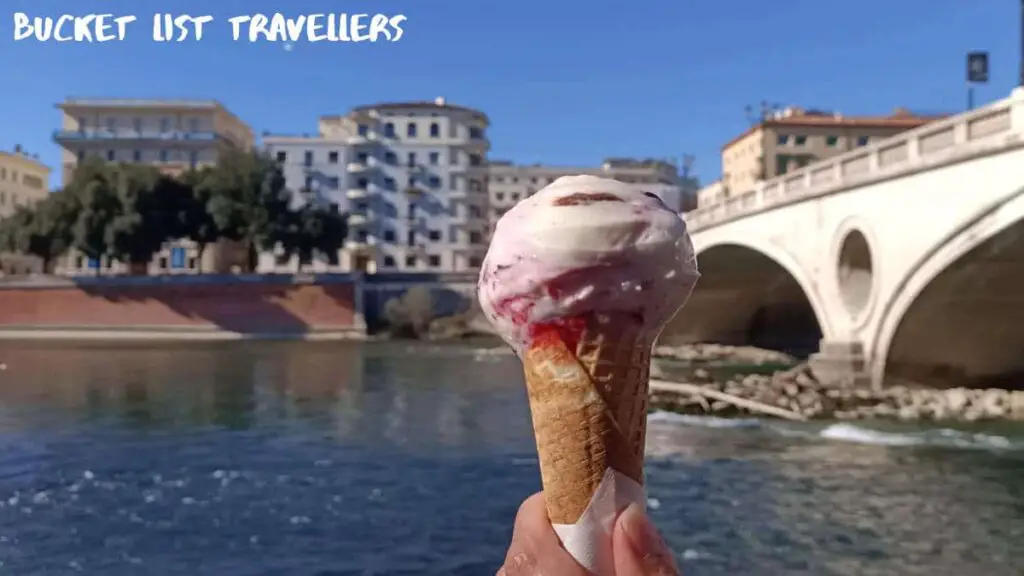
As we looked forward to our trip to Italy, the thing we most looked forward to was getting our fill of pizza and pasta. What we found very surprising though was the wide variety of flavours that would be available. Italy has really mastered the art of creating different flavours. This extends to pizza, pasta, paninis and even gelato flavours. You could spend years eating your way through the country, trying a new flavour each day and never run out of flavours. Some of our favourites are gorgonzolla gnocchi, which is a potato dumpling smothered in a creamy cheese sauce, and cassata gelato, which is a fruit cake flavoured gelato which contained little pieces of fruit jelly.
City tourist charges on accommodation in Italy
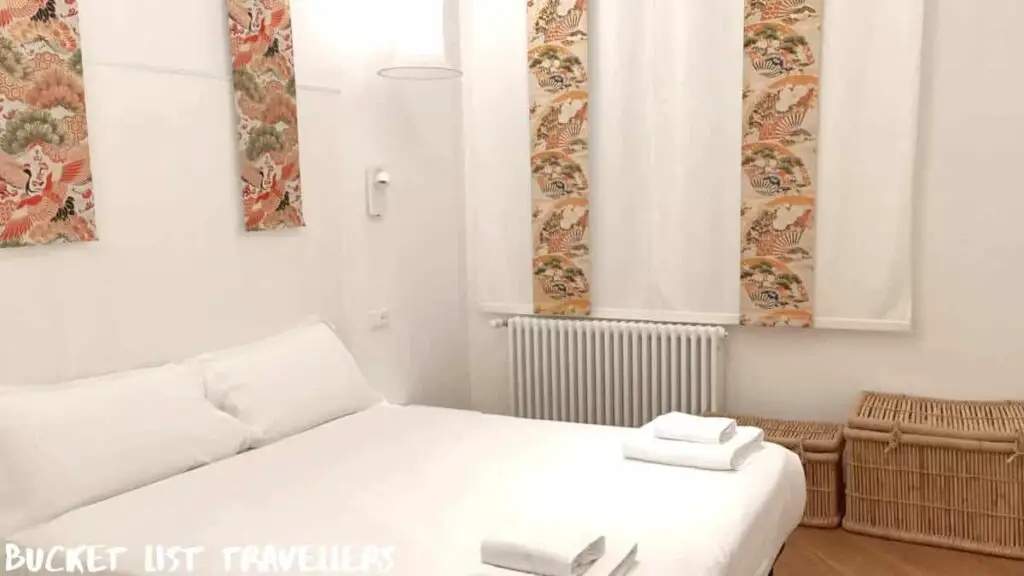
Italy is one of the most popular countries in the world to visit. Perhaps then it shouldn’t be so surprising that the cities of Italy charge a tourist tax on accommodation to help fund tourism infrastructure. You pay the city tax directly to your host and it is an additional charge on top of your nightly rate. The city tax is a fixed amount per person and the amount varies by city as well as by the star rating of your accommodation. It can vary anywhere from around 1-7 euro per person per night. Furthermore, the city tax is sometimes capped at a maximum number of nights.
We paid 1.50 euro per night in smaller cities like Sanremo up to 4 euro in Milan. Keep in mind that you pay the taxes separately to the accommodation. For example, if you book online with booking.com, then you pay the city tax separately when you arrive at the hotel. We also stayed in rental apartments and the practice here is to leave the amounts with the keys when you leave.
Coperto and servizio cover charges at restaurants in Italy
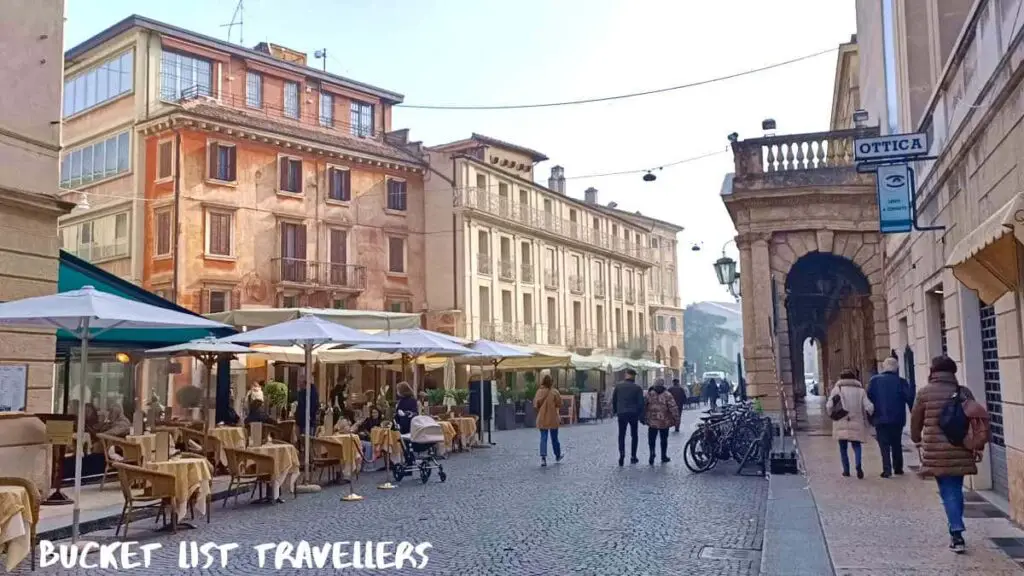
When eating at restaurants in Italy, be aware that there may be a cover charge to dine in. This charge is called a coperto charge. It is usually around 1-3 euro, but may be higher in touristy areas. It is a fixed per person charge and effectively covers things like table linen, tableware and may sometimes also cover bread. It’s a non-negotiable charge and must be listed on the menu. If you can’t find it listed on the menu, ask your waiter if there is a coperto charge. In Milan we saw cover charges generally around the range of 1.50 euro to 2.50 euro per person. This charge will not be applied if you take away instead.
Some restaurants also charge a servizio charge. This service charge is generally a percentage of your bill and must be listed on the menu. Restaurants usually charge this fee in touristy areas as well as for groups of 8 or more.
The coperto and servizio charges are not tips. However tipping is very uncommon in Italy.
Aperitivo specials (happy hour specials) in Italy
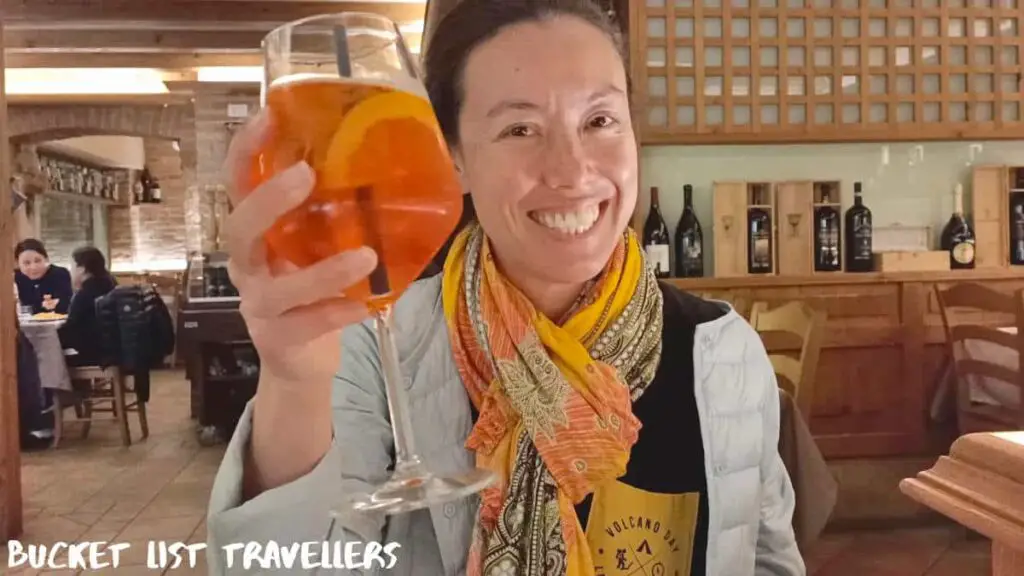
Whilst copertos were an unpleasant surprise for us, a nicer surprise was finding the aperitivo specials! Perfect for those looking for a cheap night out in Italy! Given that the cover charge for eating dinner at a restaurant can be up to 3 euro in some restaurants it’s pleasantly surprising to find the aperitivo specials. These are dinner specials which includes drink and a meal. Furthermore, sometimes it’s all you can eat. Aperitivo specials are very reasonably priced, at around 8 to 12 euro per person. It’s a really good special and it even includes any cover charges. They’re definitely served from about 6-8pm at night. Aperitivos are a brilliant way to have a cheap eat Italy. They are a beautiful meal you get great great atmosphere lovely food very tasty drinks. It’s really a must do in Italy.
Food charged by weight in Italy

Another surprise when visiting Italy is food from a bakery, patisserie or focacceria is usually charged by the kilogram and not by the individual unit of food. For example, we paid 14 euro a kilo for focaccia in Genoa and 33 euro a kilo for cakes in Verona. This makes it a little harder to work out how much you are paying, especially if you normally use pounds rather than kilograms!
Cemeteries are tourist destinations in Italy
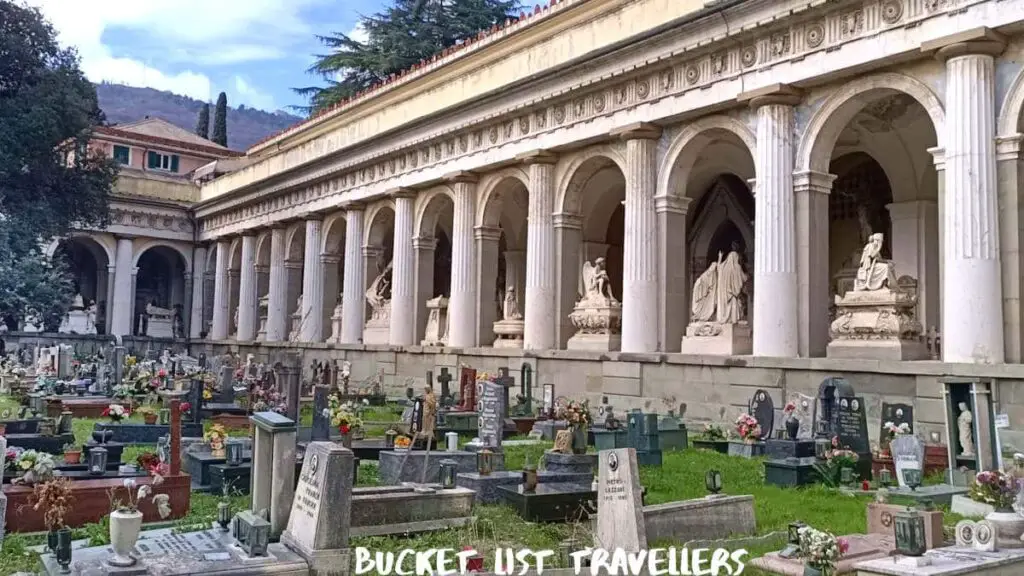
When you travel to Italy, be sure to visit a cemetery while you’re there. We don’t often think of cemeteries as major tourist attractions, however Italian cemeteries are surprisingly beautiful and elaborate. No wonder a major scene from Romeo and Juliet was set there! Cemeteries in Italy are sprawling complexes filled with ornate statues and large mausoleums. Many tombstones include a picture of the deceased, which we think adds a nice personal touch. We visited a few cemeteries in Italy and found it interesting to be able to see the photos of those that are no longer with us and get some sense of who they might have been when they were alive. There are some impressive artworks in these cemeteries. Due to the sheer impressive scale of them they are a must visit in Italy.
Confetti during celebrations in Italy
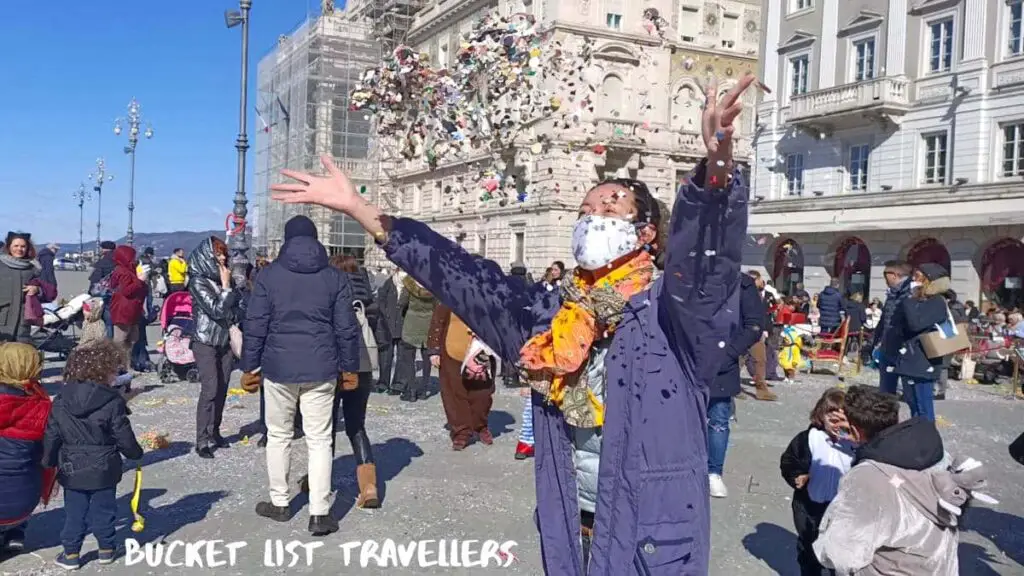
If you visit Italy during the Carnival celebrations in February each year expect to see a lot of confetti on the ground. People throw confetti into the air as part of the Carnival celebrations in Italy. It’s a tradition that goes hand in hand with this colourful festival and occurs throughout February in Italy. Expect to see the streets filled with confetti everywhere. They are vibrant celebrations and fun for the whole family.
Scarcity and cost of public toilets in Italy
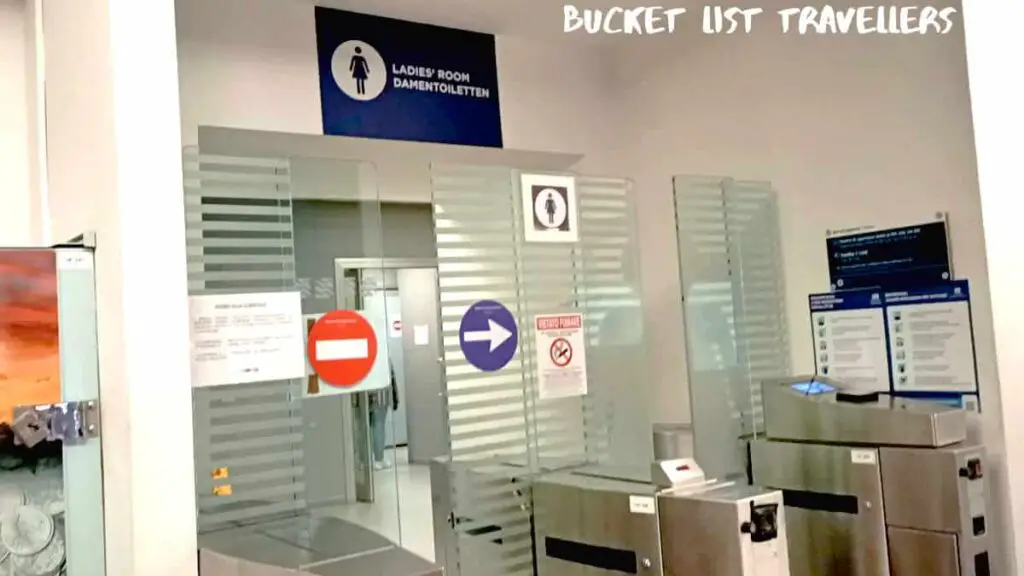
One less glamorous aspect to travelling around the world is that you will need to use the toilet when you’re going about your travels. This at times can be a stressful experience if the need becomes urgent. And if you need to pay each time you use the facilities those costs can really start to add up. Many public toilets in Italy charge a fee anywhere from 50 cents to 1 euro to use. One surprising and slightly frustrating thing about travelling in Italy is that public toilets seem to be relatively scarce and hidden away. We recommend taking every opportunity you get as you never know when the next one will be. However if you eat at a cafe or restaurant you may be able to use their facilities free of charge.
Bidets and squat toilets in Italy
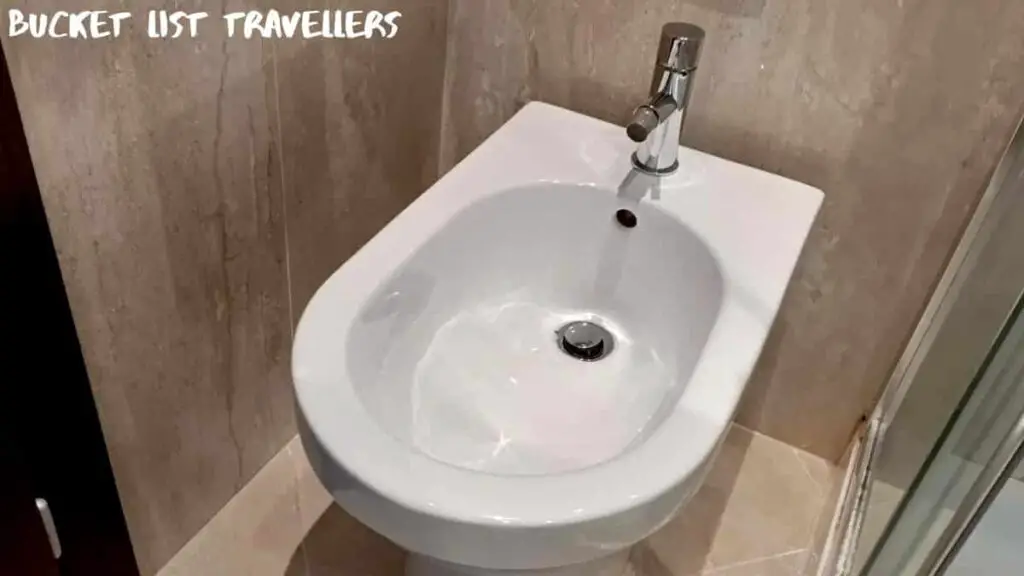
One interesting thing about travelling around the world is seeing how different places address similar needs. One surprising thing about Italy is the range of different toilet facilities present in the country. Bidets are a common feature of hotel bathrooms. Bidets look similar to toilets but function as a personal cleaning device as an alternative to toilet paper. Rather than wiping yourself with toilet paper after you use the toilet, you move to the bidet where you turn on the water and clean yourself that way. If you’re not familiar with bidets, they can be a bit intimidating. However we highly recommend giving bidets a try when you’re in Italy!
In some older establishments in Italy we also came across a few squat toilets. We don’t often associate squat toilets with Europe, so it was surprising to see them used in Italy. Western style sit-down toilets are by far the most common type of toilet in the country. However we did see squat toilets cemeteries in Genoa as well as Milan.
Anglicised city names in Italy

One surprising thing about Italy is that the names of the cities are anglicised. For example the Italian name for:
- Venice is Venezia
- Milan is Milano
- Genoa is Genova
- Rome is Roma
We found other countries like France for example they maintain the same spelling for their cities but perhaps pronounce the city names differently. However it seems for whatever reason Italy has all its names anglicised. Now it only becomes a bit of an issue when you’re getting train tickets. For example you might order the ticket in English but then you also need to know the Italian spelling to make sure you get off the train at the right station.
No wifi at train stations and in trains in Italy
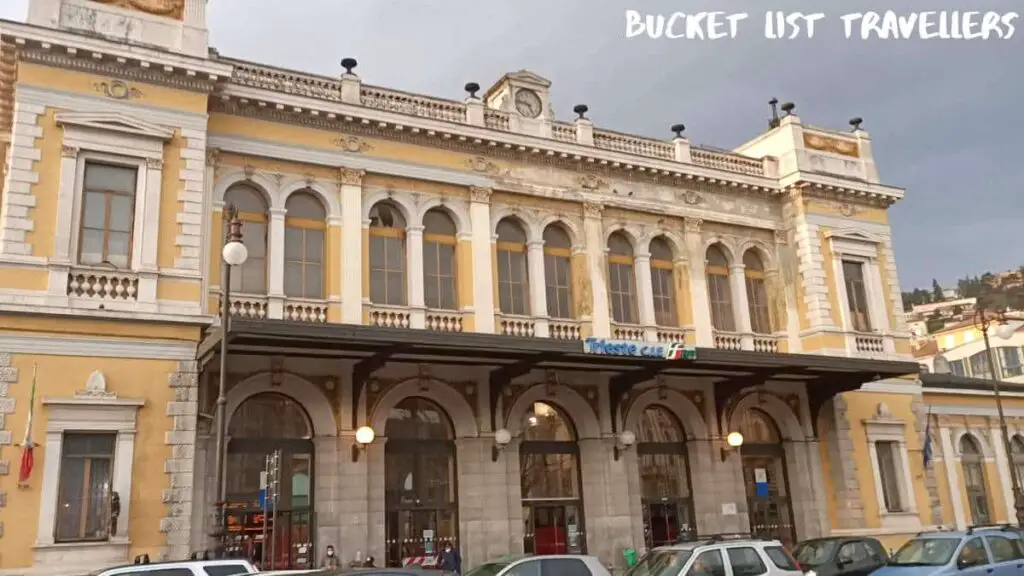
Travelling by train in Europe is a great way to see the area. It’s an easy and budget friendly way to get around. Not only that, but you also get to see the beautiful countryside. We love the relaxed pace of travel that comes with travelling by train. Train stations are usually conveniently located in the centre of town and you typically only need to get to the station about 20 minutes before your train departs. Trains are comfortable, spacious and often have facilities such as power outlets and bathrooms.
One thing we were surprised about is that Italian trains lack wifi. Not only that, but many of the train stations in Italy don’t have wifi either. If you were planning to surf the net or do some work online while travelling in Italy, you may be out of luck. We suggest planning ahead and downloading something to occupy your time or else use your phone data to keep connected while on the go.
Housing density in Italy
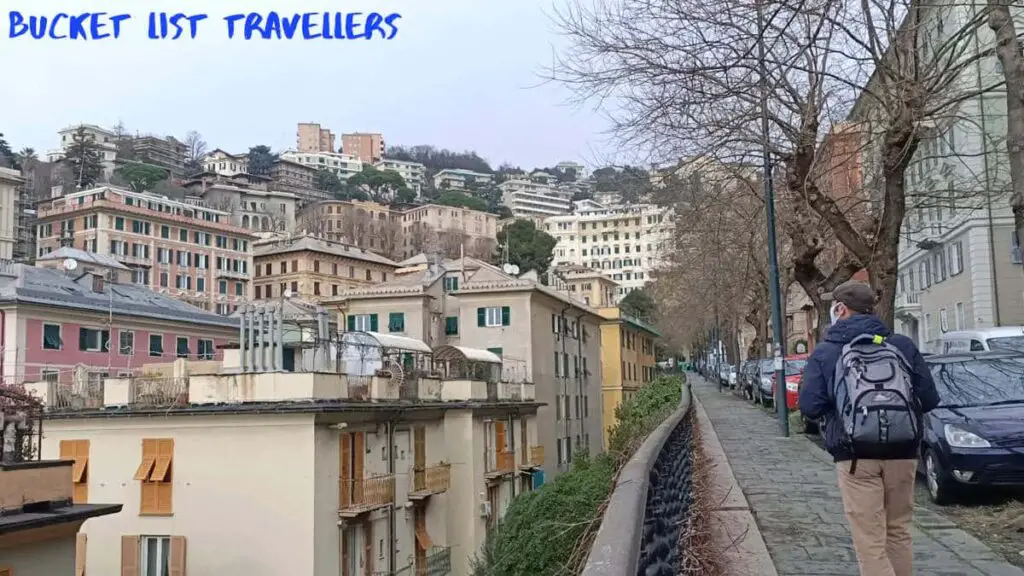
Our first taste of Italy was when we travelled along the Mediterranean Sea in northern Italy. We stayed for a couple of nights in the port towns of Sanremo and Genoa. Both of these towns are surrounded by steep mountains, which provide these areas with natural defences. The buildings in these towns and cities are built against the mountainside. In particular we were surprised at the level of housing density even in smaller towns in Italy. These areas are filled with apartment buildings that are often around 8 storeys high. Before coming to Italy we’d assumed that small seaside towns like Sanremo would mainly contain houses. It was a complete surprise to us to see that apartments are by far the most common type of accommodation in the area. Moreover, many of these buildings do not have elevators, which must keep the residents very fit!
Heels aren’t common in Milan
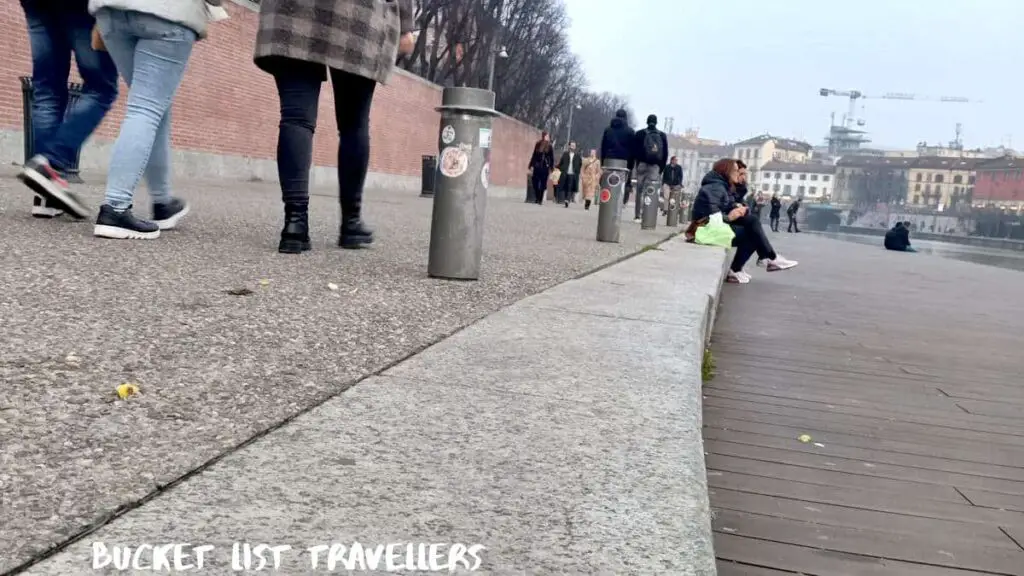
Milan is renowned as one of the fashion capitals of the world. We visited Milan just a week before Milan Fashion Week and the city was gearing up for this major international event. We could see billboards all around the city with ads for prestigious fashion labels like Versace. The quadrilatero della moda (fashion quadrilateral) is the home of fashion in Milan, and we enjoyed gazing at the high end fashion displays.
As I looked around us and saw all the well dressed people, I noticed a distinct lack of high heeled shoes. I found this very surprising as I’d imagined that all the women of Milan would be strutting around in 10 inch stilettos. However the exact opposite is true. Milan is a sprawling city and you need to do a fair bit of walking to get around. The streets are sometimes cobblestone, so it’s not a very heel friendly place to be. As such, flats are the order of the day. Most women wear stylish boots, flats or sneakers. We’ve seen some women wearing chunky heels, but very few women wear thinner heels. We were there in winter, so perhaps this is a seasonal thing, but it’s good to see that your feet can be fashionable and comfortable at the same time!
Depictions of the severed head of John the Baptist in Italian churches
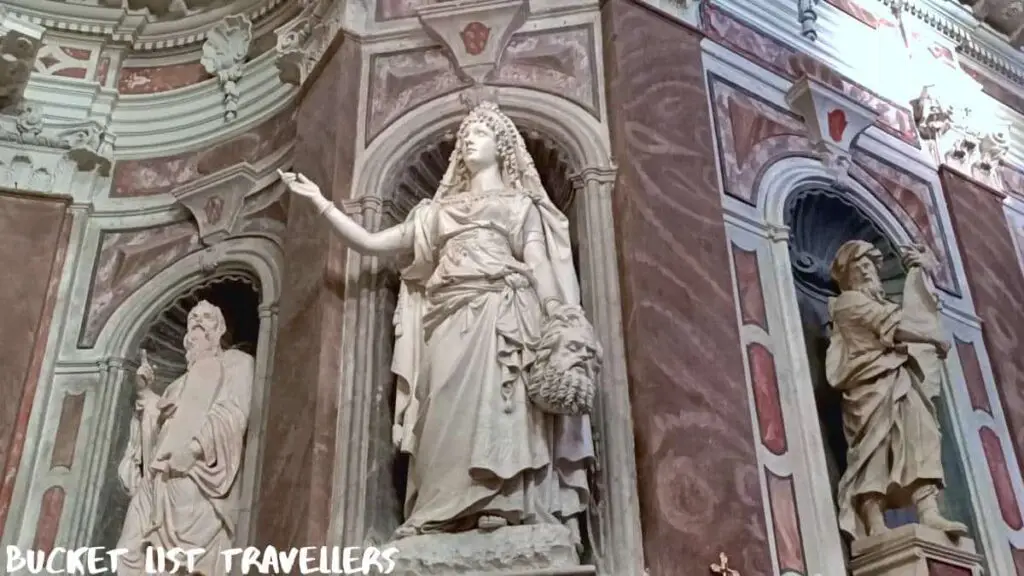
Italy is full of some impressive churches and cathedrals which date back centuries if not millennia. These churches are often elaborately painted inside with colourful frescos on the ceilings. Most churches are adorned with statues and paintings depicting religious figures and scenes from the Bible. One figure we noticed again and again in churches in France was that of a woman holding a severed head. We’ve visited many churches throughout the world and have never seen this depiction in a church before. We found it very surprising to see it up on the wall of a church as it’s quite a gruesome scene. We were fascinated that it seemed to be so popular in Italy.
Those familiar with Biblical texts may recognise it as the woman Salome who is holding the head of John the Baptist. We tried to find the reason why this picture is so common in Italy, but we couldn’t find out why. If you know more about this, please let us know.
Final thoughts about surprising things visiting Italy
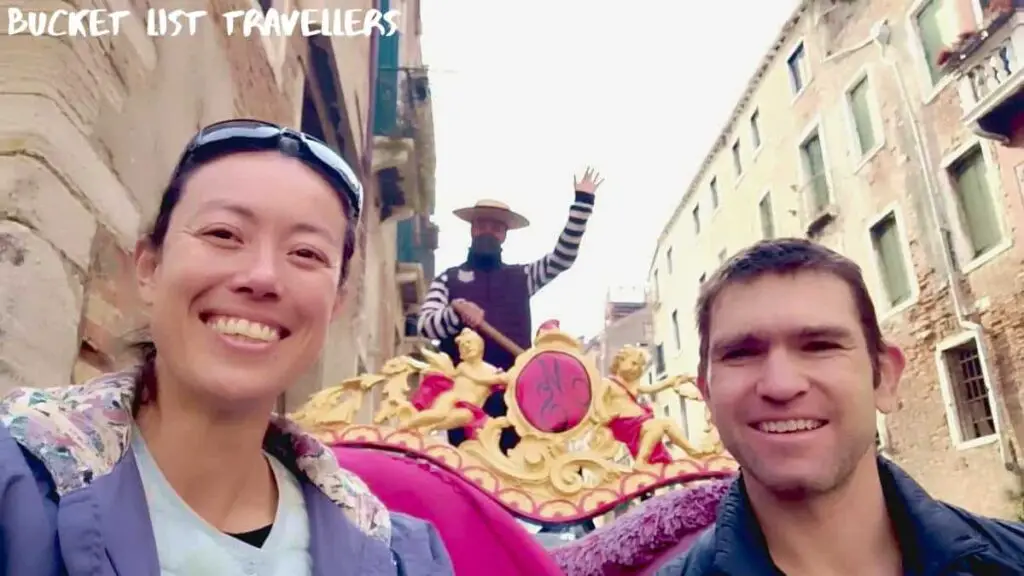
What surprised you most about visiting Italy? Was there anything we missed on our list? Let us know in the comments section below. And if you liked this post you might also like our other Italy travel blogs.
If you want to learn more about visiting Italy, check out our 10 Most Surprising Things About Visiting Italy video.
Italy Blogs
You can find our Italy travel blogs below.

19 Best FREE Things To Do in Trieste Italy (with map)
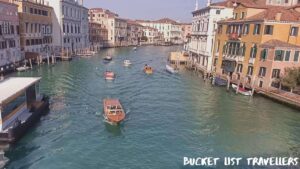
14 Best FREE Things To Do in Venice Italy (with map)
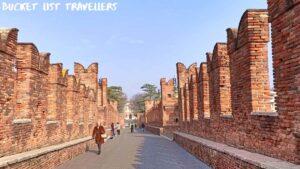
15 Best FREE Things To Do in Verona Italy (with map)

17 Best FREE Things To Do in Milan Italy (with map)

15 Best FREE Things To Do in Genoa Italy (with map)
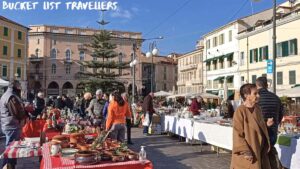
12 Best FREE Things To Do in Sanremo Italy (with map)

Trieste Destination Guide (2024): What You Need to Know
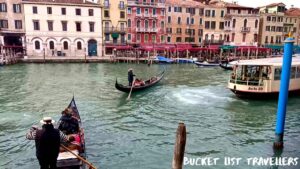
Venice Destination Guide (2024): What You Need to Know

Verona Destination Guide (2024): What You Need to Know
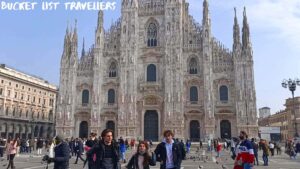
Milan Destination Guide (2024): What You Need to Know
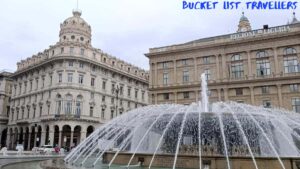
Genoa Destination Guide (2024): What You Need to Know

Sanremo Destination Guide (2024): What You Need to Know

14 Most Surprising Things About Visiting Italy!
Affiliate Links
This website contains affiliate links, which means we may earn a commission on any purchases at no additional cost to you. Your support helps us continue our travels and make more travel blogs and travel videos, thank you!
